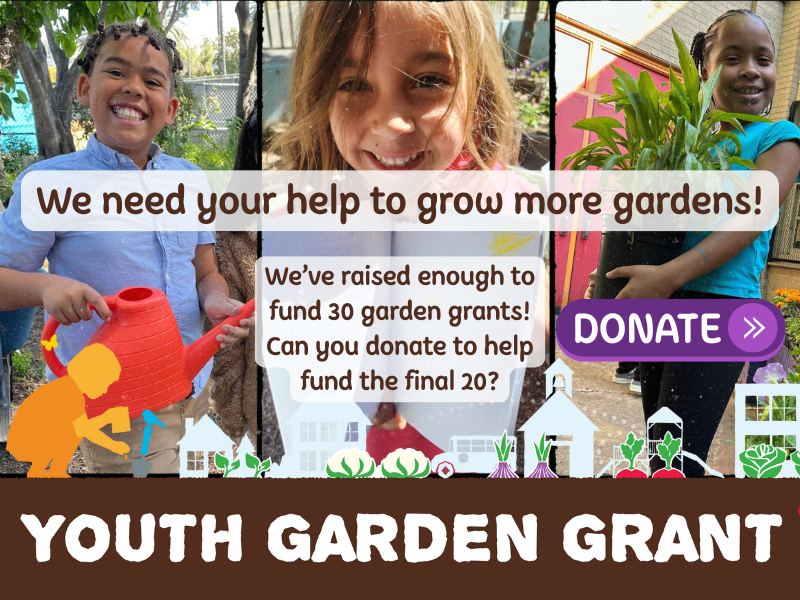Materials
- Assorted seeds and plants
- Access to a garden or a natural space
- Paper and pencils
- Measuring tools like rulers and scales
Instructions
The garden provides a plethora of opportunities to practice basic mathematical functions such as calculations, comparisons, and measurements using hands-on activities. Unlike textbook examples and workbooks that may seem abstract and may or may not relate to kids’ experiences, math becomes both practical and relevant as you show how the concepts learned apply in a real-life garden setting. This is especially true when they see how their work (such as calculating how many seeds to plant in a pot or determining the amount of fertilizer to use) impacts the growth of the plants.
Here are a few ideas for squeezing in a little math learning into your garden activities:
- Organize a scavenger hunt in your garden searching for objects representing different geometric shapes such as circles, squares, and triangles.
- Collect 5 to 10 blossoms from the same plant in your flower garden. (Don’t use flowers from fruiting crop plants, such as cucumbers and squash.) Count the number of petals on each flower and create a chart to display your results. Repeat with other varieties of flowers in the garden. What do the results say about the characteristics of plants? Make sure not to pick too many, and remind your young gardeners they need to save some food for the pollinators.
- Clean up your garden and practice counting. Host a weed-pulling contest and keep track of the number of weeds you pull (or if the number is too high, practice weight measurement and base it on weight of weeds pulled instead). Winner gets bragging rights and the biggest glass of refreshing lemonade afterwards.
- Find some old seed packets you forgot about? Check the germination rates by either planting in soil or simply placing them on a moist paper towel inside of a plastic bag. As the seeds emerge, count the number of seedlings. Use the number of seedlings and the total number of seeds planted to calculate the germination rate (# of seedlings/# of seeds planted * 100).
- Plant different numbers of radish seeds in pots or defined plots in your garden (1 pot/plot with 1 seed, 1 pot/plot with 5 seeds, 1 pot/plot with 10 seeds, etc.) and then watch how the plants develop. After you harvest, weigh your radishes and talk about how overcrowding can impact the size of your plants.
- Ask kids to estimate the number of seeds in a tomato. After estimating, slice open the tomato and count the number of seeds actually present. Compute the difference between the estimate and actual number of seeds using subtraction. Try it again and see if your estimate gets closer. Try investigating the number of seeds in different types and sizes tomatoes. If you make sure to use a clean work surface and utensils while you count, you can save your dissected tomatoes to make a yummy sauce or salsa to eat later.
- Estimate the number of pots that will fit on your windowsill or under your grow lights. Calculate using different sizes of pots.
- Calculate volume as you plant a container garden or new raised bed. Determine the volume of soil you think you will need to fill your pot or bed. After planting, check to see if your calculations matched the end results. You can expand the experiment, by looking at the difference in volume and weight between dry and wet soil. First determine the weight and volume of potting mix when it is dry. Next moisten the mix and once again calculate the weight and volume.
Math and science go hand in hand – make both extra fun in your garden!



